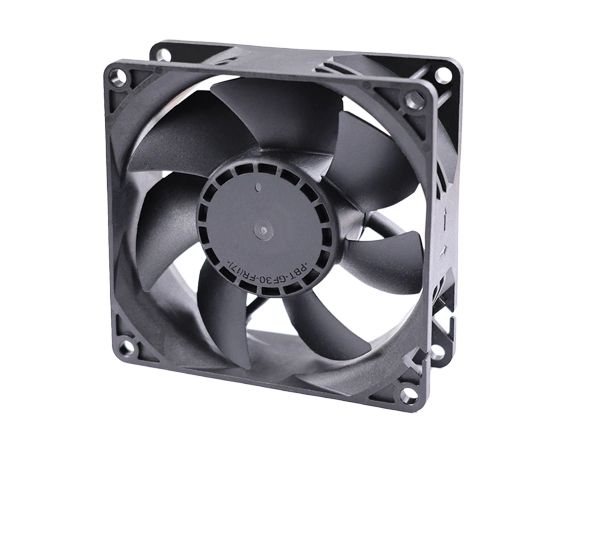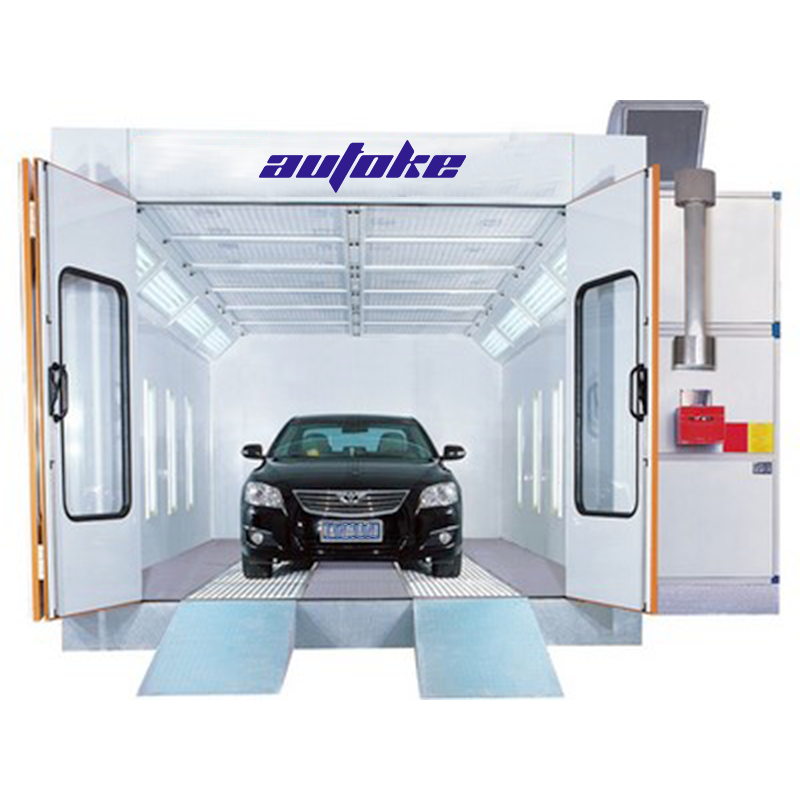When it comes to precision cutting in woodworking and metalworking, the worm drive saw stands out as a powerful tool. Its unique design, featuring a worm gear mechanism, allows for increased torque and smoother operation, making it a favorite among professionals and DIY enthusiasts alike. However, like any specialized tool, a worm drive saw requires specific maintenance to ensure optimal performance and longevity. In this article, we will delve into the essential maintenance practices that will keep your worm drive saw in peak condition, ensuring it delivers the accuracy and efficiency you expect.
Understanding the Worm Drive Mechanism
Before diving into maintenance, it’s crucial to understand the worm drive mechanism itself. A worm drive saw utilizes a worm gear to transfer power from the motor to the blade. This design not only enhances torque but also provides a lower speed, which is ideal for cutting dense materials. However, this complexity also means that the saw requires more specialized care compared to standard circular saws.
Regular Cleaning: The First Step to Longevity
One of the most critical aspects of maintaining a worm drive saw is regular cleaning. Dust, wood shavings, and debris can accumulate in the motor housing and around the blade, leading to overheating and reduced efficiency. Here’s how to effectively clean your saw:
- Unplug the Saw: Always ensure the saw is disconnected from the power source before cleaning.
- Use Compressed Air: Blow out dust and debris from the motor housing and other hard-to-reach areas. This helps prevent buildup that can lead to overheating.
- Wipe Down Surfaces: Use a soft cloth to wipe down the exterior surfaces of the saw, including the base plate and handle. Avoid using abrasive materials that could scratch the finish.
- Clean the Blade: Remove the blade and clean it with a suitable blade cleaner or a mixture of soap and water. Ensure it is completely dry before reattaching.
Lubrication: Keeping the Gears Smooth
The worm drive mechanism relies on proper lubrication to function smoothly. Insufficient lubrication can lead to increased friction, wear, and ultimately, failure of the gear system. Here’s how to maintain lubrication:
- Check the Manufacturer’s Guidelines: Different models may have specific lubrication requirements. Always refer to the user manual for recommendations on the type of lubricant to use.
- Apply Lubricant to Gears: Use a high-quality gear oil or grease to lubricate the worm gear and other moving parts. Ensure that you do not over-lubricate, as excess lubricant can attract dust and debris.
- Inspect Seals and Gaskets: Regularly check the seals and gaskets for wear or damage. Replacing these components as needed will help maintain proper lubrication and prevent contamination.
Blade Maintenance: The Heart of the Saw
The blade is arguably the most critical component of your worm drive saw. A dull or damaged blade can lead to poor cutting performance and increased strain on the motor. Here are some tips for blade maintenance:
- Sharpening: Regularly sharpen the blade to maintain cutting efficiency. Depending on usage, this may be required every few weeks or months. Use a professional sharpening service or a sharpening tool designed for your specific blade type.
- Inspect for Damage: Before each use, inspect the blade for any signs of damage, such as chips or cracks. Replace any damaged blades immediately to avoid accidents and ensure clean cuts.
- Proper Storage: When not in use, store the blade in a protective case or cover to prevent damage and corrosion.
Electrical Components: Ensuring Safe Operation
The electrical components of a worm drive saw are vital for its operation. Regular checks can prevent electrical failures and enhance safety:
- Inspect Cords and Plugs: Regularly check the power cord and plug for any signs of wear or damage. Replace any frayed cords immediately to prevent electrical hazards.
- Check the Switch: Ensure that the power switch is functioning correctly. If you notice any issues, consult a professional for repairs.
- Monitor Motor Performance: Pay attention to any unusual sounds or vibrations during operation, as these may indicate a problem with the motor. Addressing these issues promptly can prevent more significant failures.
Conclusion: The Key to Longevity
Maintaining a worm drive saw is not just about keeping it clean; it involves a comprehensive approach that includes regular cleaning, lubrication, blade maintenance, and electrical inspections. By following these specialized maintenance practices, you can ensure that your worm drive saw operates efficiently and lasts for years to come. Remember, a well-maintained tool not only enhances your productivity but also ensures safety during operation. Embrace these maintenance tips, and your worm drive saw will continue to be a reliable partner in your woodworking and metalworking projects.

